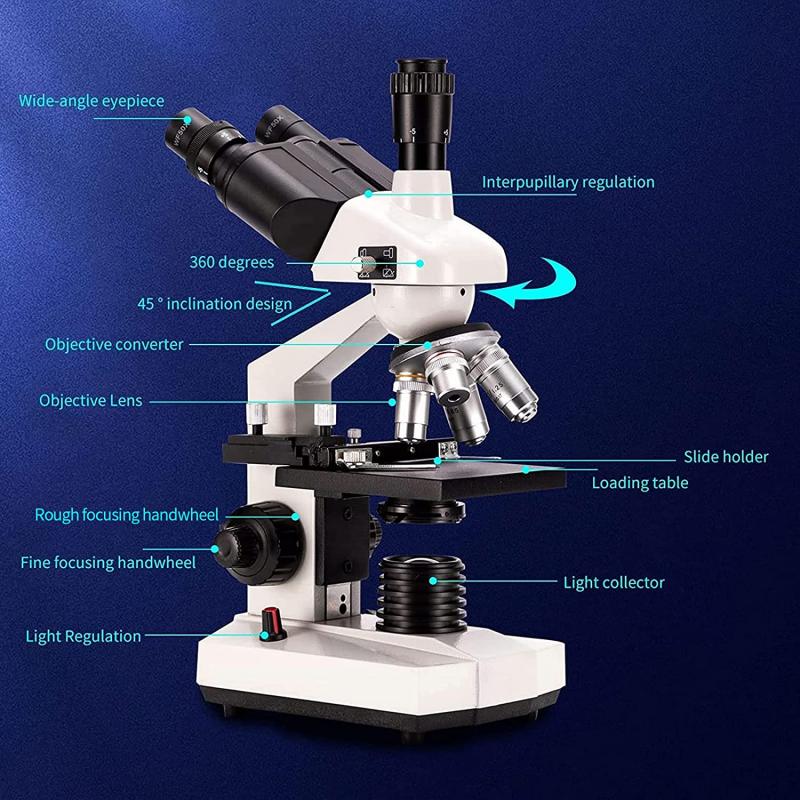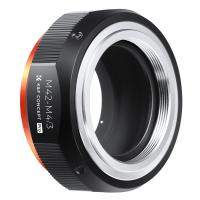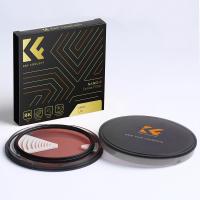What Is An Electron Microscope For Kids ?
An electron microscope is a powerful scientific tool that allows scientists to see extremely small objects that cannot be seen with a regular microscope. It uses a beam of electrons instead of light to create an image. The electron beam is focused onto the object being studied, and the electrons interact with the object's surface, creating a detailed image. Electron microscopes can magnify objects up to millions of times, revealing tiny details that are not visible to the naked eye. They are used in various fields of science, such as biology, chemistry, and materials science, to study the structure and properties of different materials and organisms.
1、 Introduction to Electron Microscopes
An electron microscope is a powerful scientific tool used to magnify objects that are too small to be seen with a regular microscope. It uses a beam of electrons instead of light to create an image of the object being studied. This allows scientists to see details at a much higher resolution and magnification than is possible with a traditional microscope.
For kids, an electron microscope can be a fascinating tool to explore the microscopic world. It can help them understand the structure and composition of various objects, such as cells, bacteria, and even tiny insects. By using an electron microscope, kids can observe the intricate details of these objects and gain a deeper understanding of how they function.
One of the latest advancements in electron microscopy is the development of scanning electron microscopes (SEM). SEMs provide three-dimensional images of the object being studied, allowing for a more comprehensive analysis. This technology has revolutionized various fields, including materials science, biology, and nanotechnology.
Moreover, electron microscopes have become more accessible and user-friendly in recent years. There are now electron microscope kits designed specifically for kids, which allow them to assemble and operate a simplified version of the microscope. These kits often come with prepared slides and instructions for conducting experiments, making it easier for kids to engage in hands-on learning.
In conclusion, an electron microscope for kids is a tool that enables them to explore the microscopic world in great detail. It provides a unique perspective on the structure and composition of objects, fostering curiosity and scientific inquiry. With the latest advancements in electron microscopy, kids can now have a more immersive and interactive experience with this fascinating scientific tool.

2、 How Electron Microscopes Work
An electron microscope is a powerful scientific tool used to examine objects at a very small scale. It allows scientists to see things that are too small to be seen with a regular light microscope.
How Electron Microscopes Work:
Electron microscopes use a beam of electrons instead of light to create an image. The electrons are focused onto the object being studied, and as they interact with the object, they create a detailed image that can be magnified and analyzed.
There are two main types of electron microscopes: transmission electron microscopes (TEM) and scanning electron microscopes (SEM).
TEMs work by passing a beam of electrons through a thin slice of the object being studied. The electrons that pass through the object are then collected and used to create an image. This type of microscope is used to study the internal structure of objects, such as cells or materials.
On the other hand, SEMs work by scanning the surface of an object with a beam of electrons. As the electrons interact with the surface, they create a detailed image that shows the object's topography. SEMs are commonly used to study the surface of materials, such as metals or biological samples.
The latest advancements in electron microscopy have allowed scientists to achieve even higher resolution and more detailed images. For example, the development of aberration-corrected electron microscopy has significantly improved the clarity and resolution of images obtained. Additionally, the integration of electron microscopy with other techniques, such as spectroscopy, has enabled scientists to gather more information about the chemical composition and properties of the objects being studied.
In conclusion, electron microscopes are fascinating tools that allow scientists to explore the microscopic world in great detail. They have revolutionized our understanding of various fields, including biology, materials science, and nanotechnology.
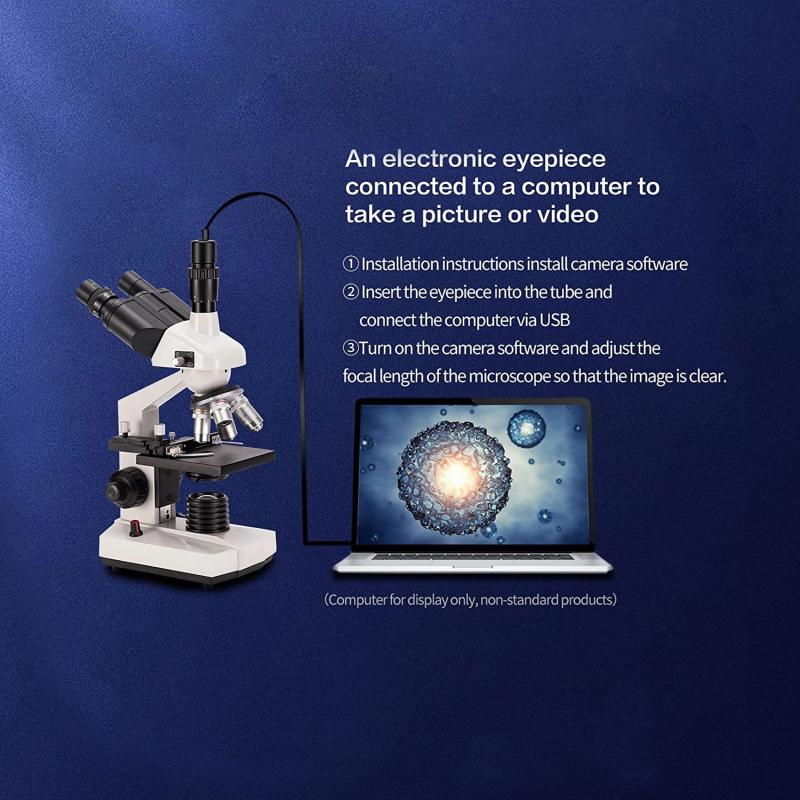
3、 Types of Electron Microscopes
An electron microscope is a powerful scientific tool used to study objects at a microscopic level. It uses a beam of electrons instead of light to magnify and visualize the sample. There are several types of electron microscopes, each with its own unique capabilities and applications.
One type of electron microscope is the scanning electron microscope (SEM). It is commonly used to study the surface of objects and provides high-resolution images with great depth of field. The SEM works by scanning a focused beam of electrons across the sample, and detecting the secondary electrons emitted from the surface. This allows scientists to observe the topography and composition of the sample in great detail.
Another type is the transmission electron microscope (TEM). It is used to study the internal structure of objects at an atomic level. The TEM works by transmitting a beam of electrons through a thin sample, and then capturing the electrons that pass through it. This produces a high-resolution image of the sample's internal structure, revealing details such as the arrangement of atoms and the presence of defects.
There is also a newer type of electron microscope called the scanning transmission electron microscope (STEM). It combines the capabilities of both the SEM and TEM, allowing for simultaneous imaging and analysis of samples. The STEM can provide atomic-scale resolution and is particularly useful for studying materials with complex structures, such as nanoparticles and nanowires.
In recent years, advancements in electron microscopy have led to the development of cryo-electron microscopy (cryo-EM). This technique allows scientists to study biological samples in their native, frozen state, providing unprecedented insights into the structure and function of proteins and other biomolecules. Cryo-EM has revolutionized the field of structural biology and has been instrumental in the development of new drugs and therapies.
In conclusion, electron microscopes are powerful tools that enable scientists to explore the microscopic world in great detail. From studying the surface of objects to visualizing atomic structures, electron microscopes have revolutionized various fields of science and continue to push the boundaries of our understanding.
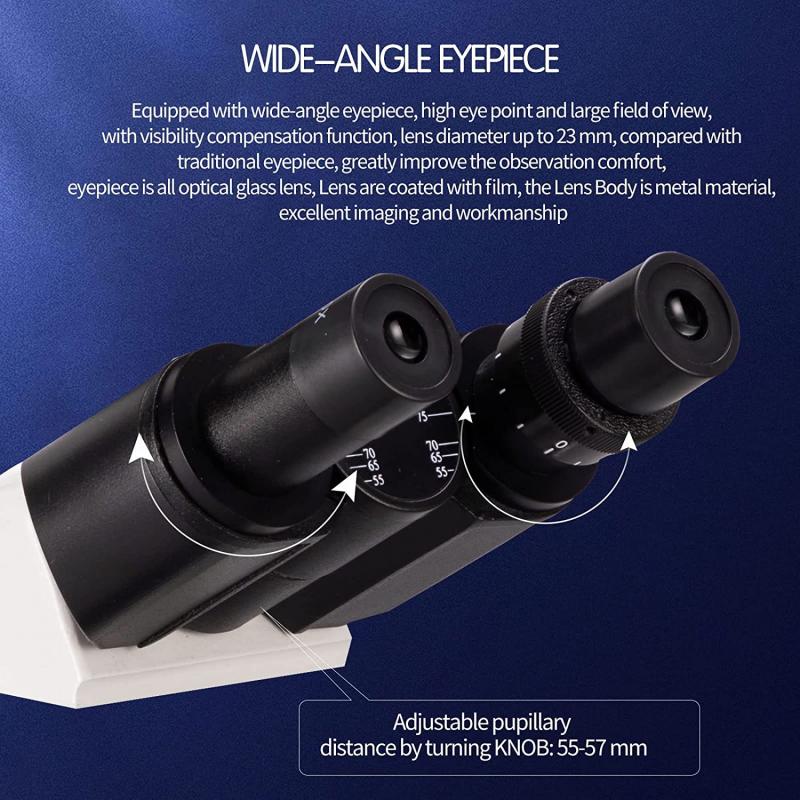
4、 Applications of Electron Microscopes
An electron microscope is a powerful scientific tool used to magnify and visualize objects that are too small to be seen with a traditional light microscope. It uses a beam of electrons instead of light to create highly detailed images of tiny structures.
What is an electron microscope for kids? An electron microscope for kids is a simplified version of the instrument designed to introduce young learners to the world of microscopy. It is typically smaller and less complex than a professional electron microscope, making it easier for children to understand and use. These microscopes often come with pre-prepared slides of various specimens, allowing kids to explore and observe the microscopic world around them. They can be a great educational tool for sparking curiosity and fostering a love for science in young minds.
On the other hand, applications of electron microscopes in the scientific community are vast and diverse. They are used in fields such as biology, materials science, nanotechnology, and forensic science. Electron microscopes can provide detailed images of cells, tissues, and microorganisms, helping scientists understand their structure and function. They are also used to examine the composition and properties of materials at the atomic level, aiding in the development of new materials and technologies.
In recent years, electron microscopes have played a crucial role in the study of nanoparticles and nanomaterials. With their high resolution and magnification capabilities, they have allowed scientists to investigate the unique properties and behavior of these tiny particles, leading to advancements in fields like medicine, electronics, and energy.
In conclusion, while an electron microscope for kids serves as an introductory tool to microscopy, professional electron microscopes have a wide range of applications in scientific research. They continue to push the boundaries of our understanding and contribute to advancements in various fields.
